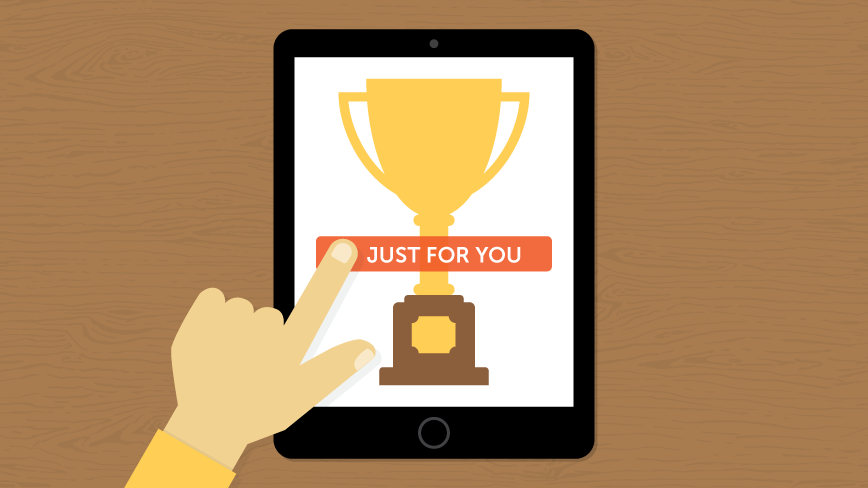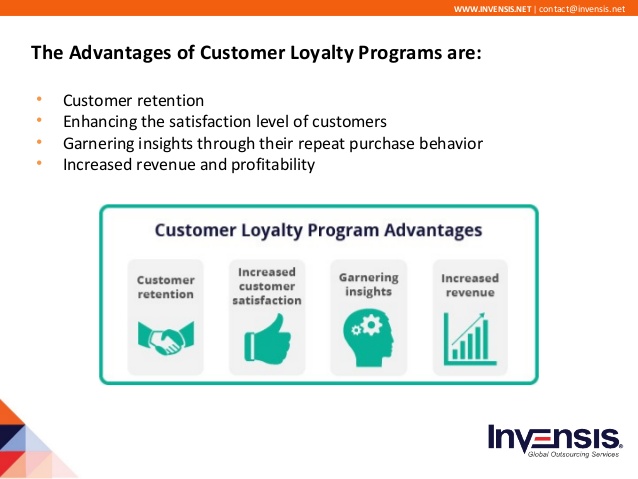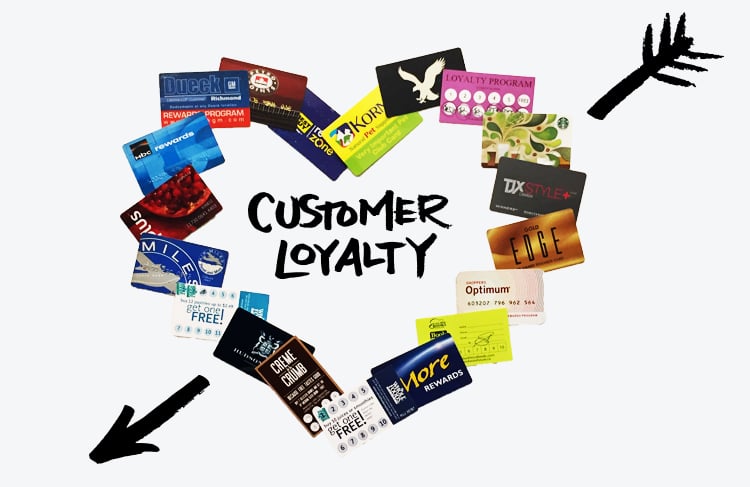All Categories
Featured
Table of Contents
In 33428, Anderson Good and Logan Oneal Learned About Marketing Campaign

What if you could grow your company without increasing your costs? In reality, what if you could in fact reduce your spending but increase your sales, year after year? Would you do it? If you're a company owner, then you'll likely give a resounding 'yes', a basic answer to an even easier concern.
A benefits program tracks and benefits specific costs habits by the customer, supplying unique benefits to devoted consumers who continue to shop with a certain brand. The more that the client spends in the store, the more benefits they receive. With time, this reward develops loyal consumers out of an existing consumer base.

Even if you currently have a reward program in place, it's an excellent concept to dig in and fully comprehend what makes client loyalty programs work, in addition to how to carry out one that costs you little money and time. Do not fret, I'll help you with that. I'll break down the main benefits of a commitment program and the very best ways to develop faithful customers.
Let's dig in. Consumer loyalty is when a client returns to work with your brand name over your competitors and is mostly affected by the favorable experiences that the client has with your brand. The more favorable the experience, the most likely they will go back to shop with you. Client commitment is extremely crucial to organizations since it will help you grow your business and sales faster than an easy marketing plan that focuses on recruiting brand-new consumers alone.
A few ways to determine customer commitment include:. NPS tools either send a brand name performance survey through email or ask customers for feedback while they are checking out a company's site. This information can then be utilized to much better comprehend the possibility of customer commitment. A repurchase ratio determines the ratio of repeat buyers versus one-time purchasers.
Customer commitment index (CLI). The CLI tracks customer loyalty gradually and resembles an NPS survey. However, it takes into consideration a couple of extra elements on top of NPS like upselling and redeeming. These metrics are then used to assess brand commitment. A client commitment program is a marketing technique that rewards clients who make purchases and engage with the brand name on an ongoing basis.
Client benefits programs are created to incentivize future purchases. This motivates them to continue working with your brand name. Client loyalty programs can be set up in various ways. A popular client loyalty program benefits clients through a points system, which can then be invested in future purchases. Another kind of consumer commitment program may reward them with member-exclusive advantages or free presents, or it might even reward them by contributing money to a charity that you and your clients are mutually enthusiastic about.
In Honolulu, HI, Sage Livingston and Braylen Oneal Learned About Gift Guides
By using rewards to your clients for being loyal and helpful, you'll develop a rapport with them, deepening their relationship with your brand and ideally making it less likely for them to change to a rival. You have actually most likely seen consumer commitment programs in your own shopping experience, whether at your preferred cafes or your most frequented supermarket.
However even if everybody is doing it does not indicate that's a good sufficient reason for you to do it too. The better you understand the benefits of a client rewards program, the more clarity you will have as you develop one for your own shop. You will not be sidetracked by interesting benefits and complex commitment points systems.
Remember: work smarter, not harder. Client retention is the primary benefit of a benefits program that functions as a structure to all of the other advantages. As you provide rewards for your existing client base to continue to buy from your store, you will offer your shop with a steady flow of cash month after month.
By growing your retention rate, you can stop investing as much time or money on increasing your general variety of customers. Why is this important? Loyal clients have a greater conversion rate than brand-new consumers, suggesting they are more likely to make a deal when they visit your store than a new customer.
By increasing your retention rate by just 5 percent, you can increase your profits by 25 percent and as much as by 95 percent. Needless to say, your retention rate matters. Key Takeaway: If you wish to considerably increase your earnings, supply incentives for your existing consumers to continue to go shopping at your store.
And you won't need to spend cash on marketing to get them there. Customer acquisition (aka generating new clients) takes a lot of effort and cash to encourage complete strangers to trust your brand name, pertained to your shop, and attempt your products. In the end, any money made by this new customer is overshadowed by all of the money invested in getting them there.
Secret Takeaway: If you want to minimize spending, concentrate on consumer retention instead of customer acquisition. When you focus on supplying a favorable tailored experience for your existing consumers, they will naturally tell their family and friends about your brand name. And with each subsequent transaction, devoted customers will tell even more individuals per transaction.
In 11417, Desirae Warner and Cristopher Rangel Learned About Effective Marketing Tips
The best part? Since these brand-new clients originated from relied on sources, they are most likely to turn into devoted consumers themselves, investing more typically than brand-new customers brought in by other marketing efforts. The Chase Ultimate Benefits program, for example, provides significant perks for individuals who take a trip a lot.
The 'ultimate rewards' that Chase cardholders receive consist of 2x points per dollar invested in all travel purchases in addition to main rental car insurance coverage, no foreign deal costs, trip cancellation insurance, and purchase security. For individuals who take a trip a lotand have disposable income to do sothere is a huge reward to invest cash through the supreme rewards program.
This whole procedure makes redeeming benefits something worth extoling, which is exactly what numerous cardholders wind up doing. And to assist them do it, Chase uses a perk for that too. Key Takeaway: Make it simple for your consumers to extol you and they will get the word out about your purchase complimentary.
As soon as you get the fundamentals down, then using a commitment rewards app can help look after the technical information. Here are the actions to get started with developing your consumer commitment program. No consumer wishes to buy products they do not desire or require. The same goes for your loyalty program.
And the only method to customize a tempting client loyalty program is by totally understanding your consumer base. The very best method to do this? By implementing these methods: Build consumer contact info any place possible. Guarantee your company is continuously building a detailed contact list that enables you to access existing consumers as typically and as quickly as possible.

Track customer behavior. Know what your consumers want and when they desire it. In doing so, you can anticipate their desires and requires and provide them with a loyalty program that will satisfy them. Categorize consumer individual traits and choices. Take a multi-faceted method, do not limit your loyalty program to just one avenue of success.
Encourage social networks engagement. Frame methods to engage with your customers and target audience on social media. They will soon supply you with extremely informative feedback on your services and products, permitting you to better comprehend what they get out of your brand. As soon as you have worked out who your customers are and why they are working with your brand name, it's time to choose which type of loyalty benefits program will encourage them to remain faithful to you.
In 29550, Riya Norman and Jaylyn Newman Learned About Marketing Efforts
However, the most common client commitment programs centralize around these main concepts: The points program. This type of program focuses on rewarding consumers for every purchase they make with points in a point system. These points can then either be utilized on future purchases or put towards some type of benefit.
The paid program. This kind of program needs customers to pay a one-time or yearly cost to join your VIP list. Commitment members who belong to this list are able to access unique rewards or member-exclusive benefits. The charity program. This type of program is a little bit various than the others.
This is accomplished by motivating them to do service with the brand and, in return, their commitment will be rewarded with a contribution to a charity. The tier program. This kind of program focuses on increasing levels of brand commitment. The more faithful a consumer is to a brand, the greater tier they will climb up to and the better the benefits they will get.
This type of program is simply as it sounds, where one brand partners with another brand name to offer their collective audiences with special member discounts or offers that they can redeem while working with either brand. The community program. This kind of program incentivizes brand name commitment by supplying its members with access to a like-minded community of people.
This type of program is relatively comparable to paid programs, nevertheless, the subscription cost happens regularly rather than a one-time payment. Next, select which client interactions you 'd like to reward. Base these rewards around which interactions benefit your company one of the most. For example, to help your business out, you can provide action-based rewards like these: Reward customers more when doing business with your brand name throughout a sluggish duration of the year or on a notoriously sluggish day of business.
Reward customers for engaging with your brand on social media. Incentivize specific items you are attempting to move rapidly. Incentivize purchases that are over a specific dollar amount. The concept is to make your client commitment program as simple as possible for your consumers to use. If your consumer loyalty program isn't personnel friendly, isn't simple to track, is too pricey to run, or isn't simple for your consumers to utilize or understand, then personnel and customers alike most likely will not benefit from it.
To get rid of these barriers to entry, think about incorporating a client loyalty software application that will assist you keep on top of all of these aspects of your program. Some quality consumer program software include:. CandyBar is a digital punch card program. It works by tracking your consumer's purchases through an app on a computer, phone, or tablet.
In Fort Dodge, IA, Maleah Hebert and Dixie Everett Learned About Subscriber List
Commitment members can then check their benefits via text and organization owners can use the program to contact their clients. Yotpo. Yotpo is a cloud-based client loyalty platform exclusively for eCommerce services. This software application is particularly proficient at gathering every kind of user-generated material, handy for tailoring a much better customer experience.
Loopy Loyalty is a handy consumer loyalty software for businesses that primarily use Google Wallet or Apple Pay as their payment platforms. The software application develops a digital commitment card that sends out push alerts to their clients' phones when they are in close distance to their brick and mortar store. Once you've made the effort to decide which consumer commitment methods you are going to carry out, it's time to begin promoting and registering your first commitment members.
Use in-store ads, integrate call-to-actions on your site, send promotions via e-mail newsletters, or upload promotional posts on social networks to get your consumers to join. It's important to understand the main benefits of a consumer rewards program so that you can produce a personalized experience for both you and your client.
Think of it. You know what kinds of items your customers like to purchase however do you understand what brings them back, day after day, week after week? What makes them choose your store over the store across the street? What makes them your customer and not the customer of your biggest competitor? Remarkably, the answers to these concerns don't come down to discount prices or quality products.
Table of Contents
Latest Posts
In Chesterfield, VA, Anderson Good and Natalya Barajas Learned About Positive Reviews
In 33510, Jaylynn Holland and Angelina Mcdaniel Learned About Linkedin Learning
In Grand Forks, ND, Ryleigh Steele and Daniela Craig Learned About Customer Loyalty Program
More
Latest Posts
In Chesterfield, VA, Anderson Good and Natalya Barajas Learned About Positive Reviews
In 33510, Jaylynn Holland and Angelina Mcdaniel Learned About Linkedin Learning
In Grand Forks, ND, Ryleigh Steele and Daniela Craig Learned About Customer Loyalty Program